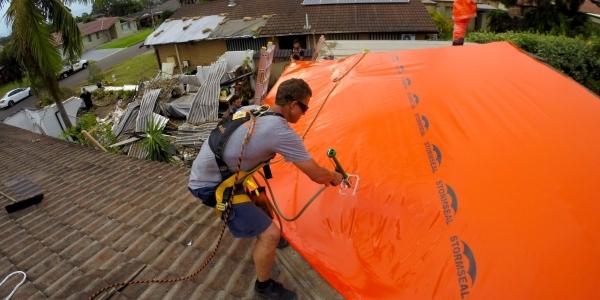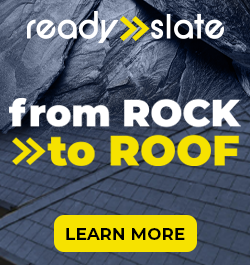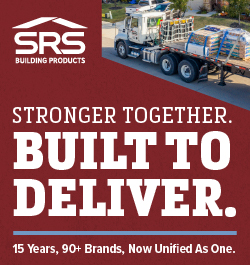When to Stormseal and When to Tarp

By Matthew Lennox, Stormseal.
How to make a storm-damaged property safe with Stormseal.
When you are dealing with a storm-damaged building, there are many factors that can influence your decision on how to keep the building safe. When the customers are stressed and the jobsite is a disaster, it is easy to have two minds about the best way to protect the structure from further weather damage. For years, it was common practice to put a tarp over the damage. Truthfully, a building should be fine if the building structure is only moderately damaged, and repairs will happen soon after. So when should you use Stormseal? Read on for expert advice on the best time to use Stormseal on your project.
In cases of widespread disasters, complex structures or unusual building materials – any time when repairs are likely to be delayed – tarps just don’t make sense. Because as time passes, the risk of tarp failure increases, and when tarps leak, flap, collapse under pooling rainwater, or fly away, more damage results. As months go by, tarps fail repeatedly and insurance claims rise, along with the stress levels of property owners and occupants.
Frustration with tarps led to my invention of Stormseal: a lightweight but strong polymer film that heat-shrinks to securely wrap damaged structures. 100% waterproof, Stormseal withstands high winds and heavy hail, staying put for up to 12 months. It’s protected more than 10,000 storm-damaged structures of all shapes and sizes, around the world.
To help insurers and roofers decide when to tarp and when to Stormseal, they can use this quick make-safe quiz.
If the answer is ‘Yes’ to any of the following questions, there is likely to be a long delay before permanent repairs, making Stormseal the smart choice for property protection.
1. Is the property one of many damaged in a catastrophic event?
2. Is further wind, rain or hail likely?
3. Has the property suffered structural damage?
4. Are the roof materials unusual?
5. Is the value of the repair/property/contents high?
6. Is the property a business location?
7. Is it a contentious claim or likely to be cash-settled?
In these situations, Stormseal is win-win-win:
-
The property owner can continue business as usual, with peace of mind that they and their possessions are safe.
-
The roofer gets a happy customer who will likely call them back to replace the roof – and won’t call them in the middle of the night to fix a broken tarp.
-
The insurer pays out less in damages and keeps their customer satisfied.
Notes:
1 - Structural damage (e.g. from a tree fall or very strong wind) will require time-consuming assessment by an engineer before their recommended repairs can be made.
2 - Unusual roof materials (e.g. vintage tiles, bespoke materials or asbestos) will be difficult to procure, and asbestos requires special handling, so in either case, repairs will be delayed.
3 - If business (including work from home) cannot continue, economic loss coverage may apply. Installing Stormseal prevents this expense by keeping the premises weatherproof and safe, enabling business to continue with minimal disruption.
4 – The purpose of a cash settlement is to simplify and shorten the claim process. Using tarpaulins on the property is likely to complicate and extend any dispute about pre-existing damage/condition and its associated costs as the insurer will be liable for any further damage caused by tarp failure.
You can find out more about Stormseal at Stormseal.com or view the make-safe quiz online at Stormseal.com/us/make-safe-quiz/
Learn more about Stormseal in their RoofersCoffeeShop® Directory or visit www.stormseal.com.
Original article source: Stormseal






















Comments
Leave a Reply
Have an account? Login to leave a comment!
Sign In